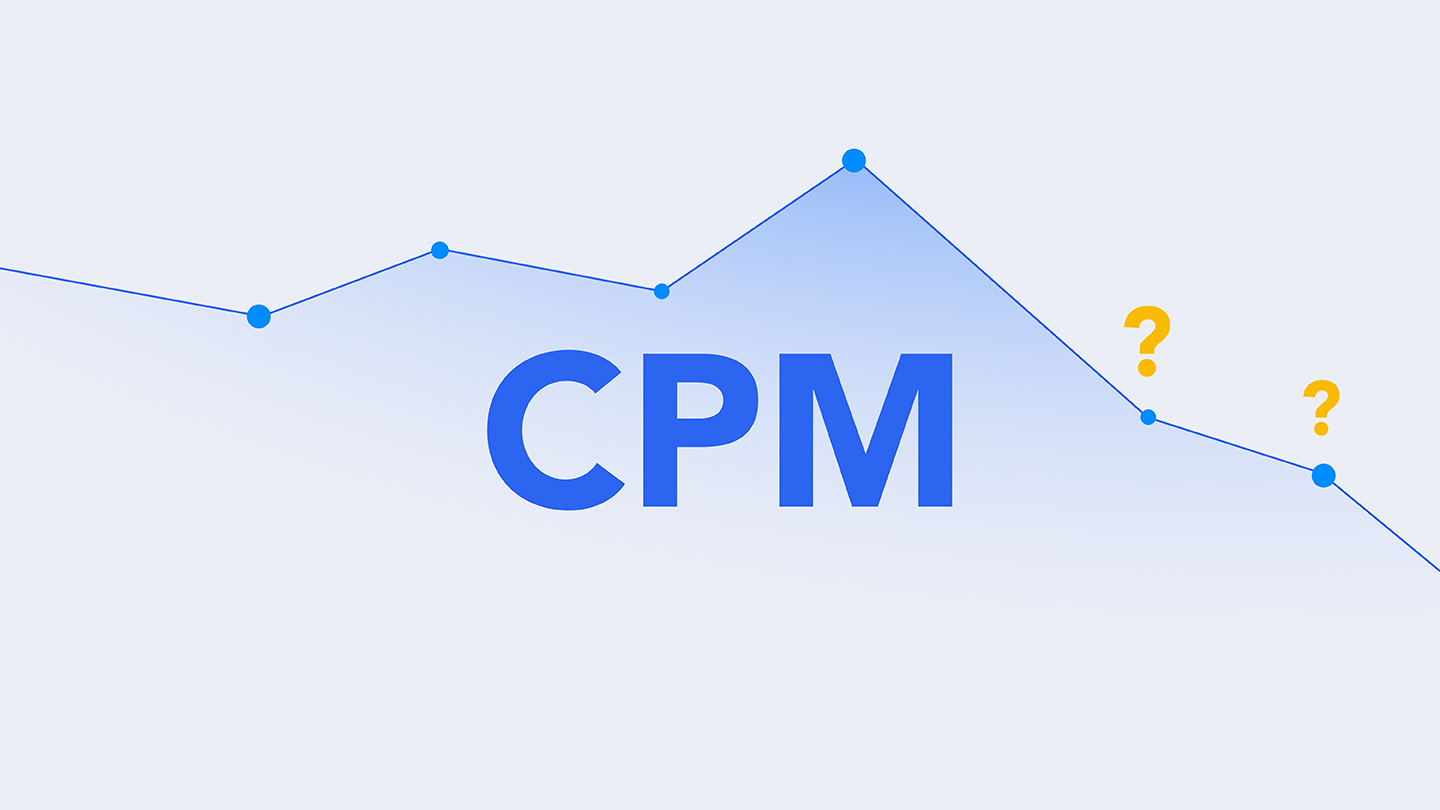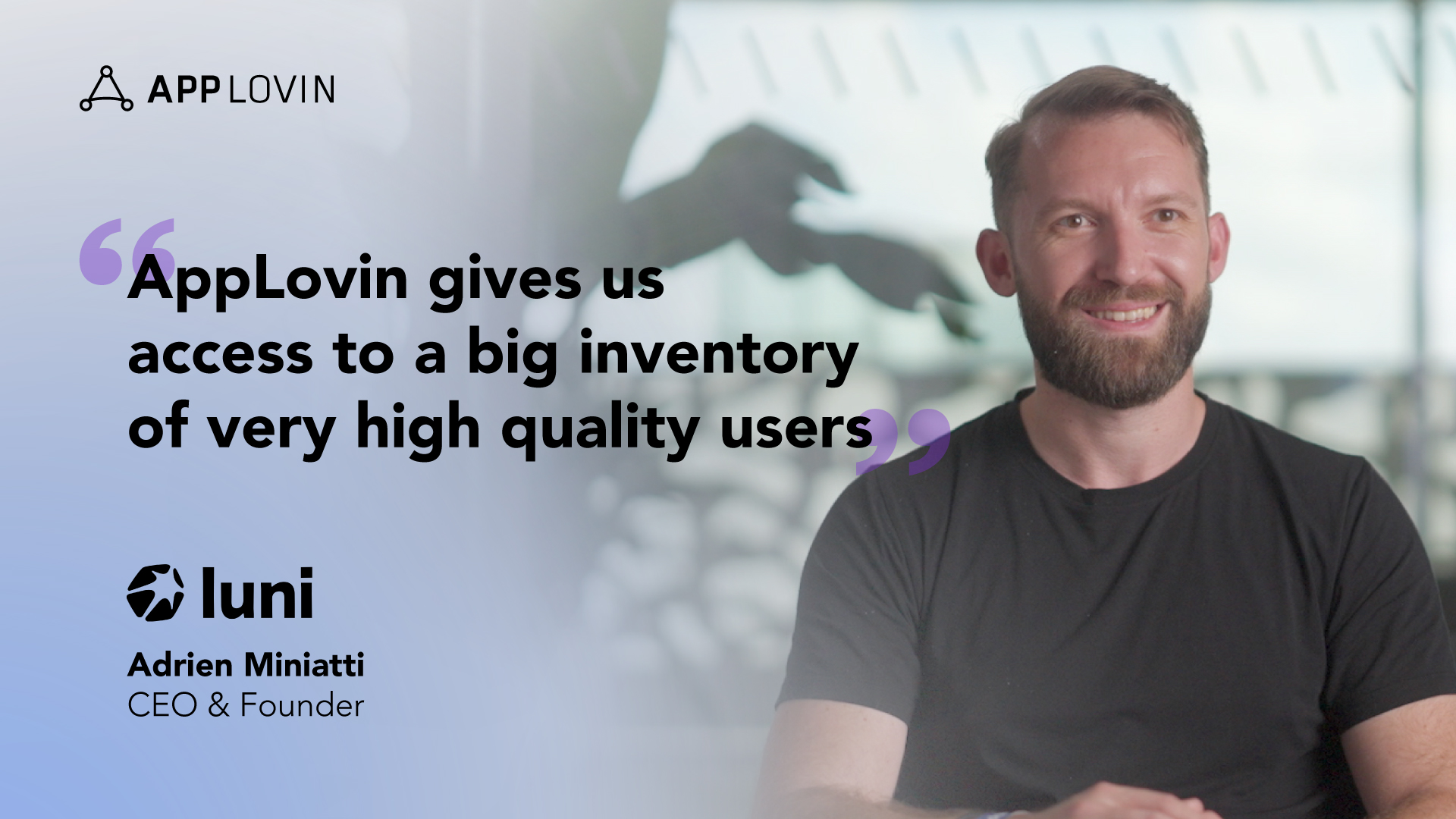Between the end of one year and the transition into the next, it is not uncommon to see your CPM and ad revenue drop. This “January slump” occurs because this time period represents a shift back to normal shopping, playing, and overall purchasing habits after the holidays, resulting in advertisers pulling back on spending and enabling them to strategize on campaigns for the new year.
But there are several ways to address the lower CPMs during this downtime and use them to your advantage to maintain revenue and scale user growth.
MAX was built to empower developers like you to monetize and grow your mobile business. It has been equipped with many tools and levers to help you achieve your goals. Here’s a MAX checklist to start addressing your Q1 CPM slump.
Focus on impression fill to drive revenue
Optimizing the CPMs in your traditional waterfalls is an important step in staying competitive and profitable in the new year. Realign CPMs to the price points that are filling most often in the waterfall by creating new price points that are near those higher-performing CPM ranges — removing higher CPMs that aren’t filling as much. By gearing your price points toward that lower CPM range, you will generate more impressions and give yourself the best odds for higher revenue.
Once done, utilize tools like Auto CPM to automatically update CPMs for your non-bidding networks and geo-based waterfall configurations. This way you’ll be accurately competing against the real-time pricing of bidding networks. That ensures accurate pricing to get the most demand-side bang for your inventory buck.
New networks may help under-performing inventory
While you’re at it, be sure to try and diversify your demand sources. This can easily be done by adding net new networks to your stack.
Our Business of Apps article from Alice Liu, VP of Product at AppLovin, says it best:
“App developers should examine the distribution of demand within their ad inventory and add networks that will help close performance gaps. Adding new partners will also increase competition for each impression opportunity, which will naturally improve CPMs and grow revenue.
“Partner with networks that have strong demand for the app’s user base, integrating those that can fill in specific geographic regions or ad formats where you have lower impression volume. This fine-tuned tactic requires developers to have a deep understanding of their audience — even as it shifts over time.
“Incorporating user-level data into your optimization framework will help you find these opportunities and identify ad partners to monetize those users effectively. Remember to always A/B test new networks to ascertain the incremental value they drive.”
Update network integrations to maximize revenue
Q1 is a great time to evaluate your network integrations while the market is quieter and spend is lower. Adding and/or updating your network integrations and adapters can help maximize your chances for better CPMs and drive more revenue. This includes updating your network SDKs to the latest and greatest, as your app can benefit from recent network changes, such as new campaign spend and creative types. Regular updates also address technical bugs or anything else that could limit your ability to serve ads.
This is the right time to look at partner performance overall and investigate any other technical issues that may be hurting revenue.
For more, be sure to check out our MAX integration best practices.
Revisit content categories
It may be time to make changes to your content-blocking strategy.
Ad blocking racks up throughout the year and Q1 is the perfect time to revisit your blocklist to see if these blocks still make sense. For example, you may be blocking an advertiser or category, when you could block a specific app or product instead.
Additionally, you can work with your account teams to understand the blocks you have in place, and ask for recommendations that will drive the most incremental revenue.
Continually A/B test the above strategies
Like all things in life, there are no guarantees. That’s why settling on one or any number of strategies to address the Q4 to Q1 drop won’t work. Continually A/B test these strategies, and tool around with the tips we’ve provided here. A/B testing with MAX is made to cut time and manual management of your waterfall and bidding configurations, as well as help you zero in on the strategies that capture the highest possible return on your ad monetization campaigns.
Measuring incremental gains in revenue, or any other performance metrics that validate if the waterfall change makes sense (addition of a new partner or other factors), will determine whether or not you should make that change before rolling it out. This affirms your optimization choices with data and saves time by not having to roll out significant changes to your users.
BONUS: user acquisition opportunities
You are likely also continuing to run your own UA campaigns to bring even more relevant users into your apps. During the Q1 slump, a lower market share typically comes with a reduction in ad spending. But we recommend resisting the urge. Use your optimized Q1 revenue gains to keep your own user acquisition costs low to maintain a competitive edge in engaging new users to come to your apps.
At the same time, A/B test new creative strategies to help drive more UA. There’s a real opportunity to make things fresh and stand apart in your ads to create enthusiastic engagement around them.
Finally, don’t be afraid to go bold and run sophisticated mixed media campaigns to potentially find audiences elsewhere that you may not have been able to reach through standard mobile UA campaigns.
All of these insights come from our newest Business of Apps article. For more details on the subject of the seasonal slump, check it out here.









